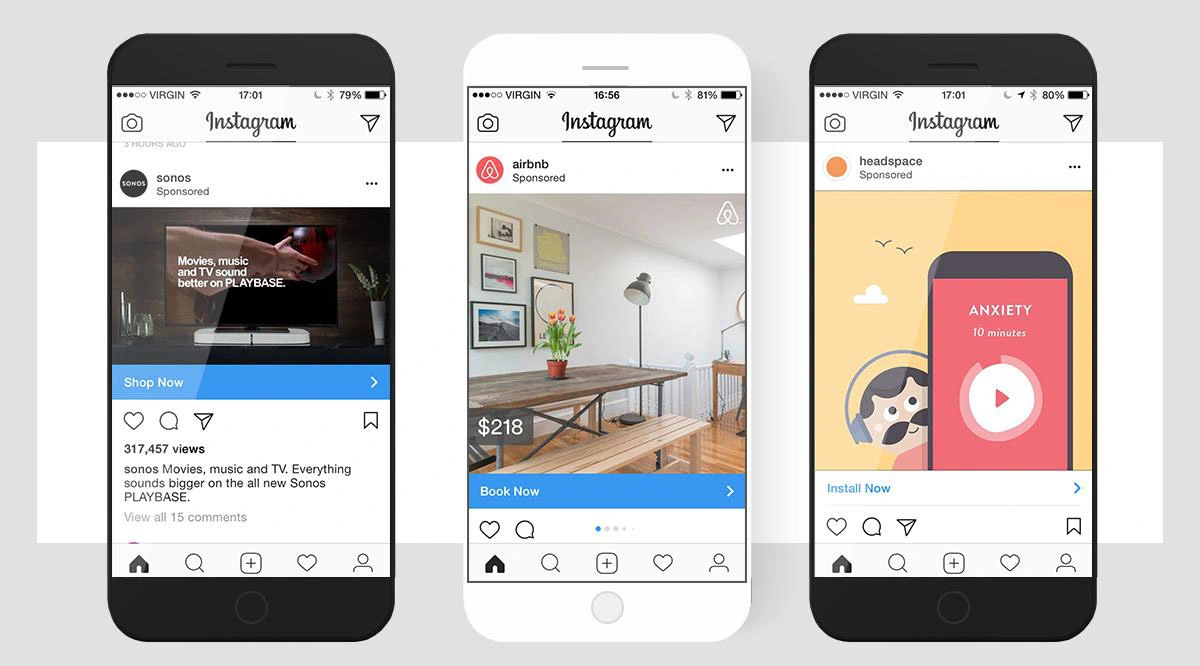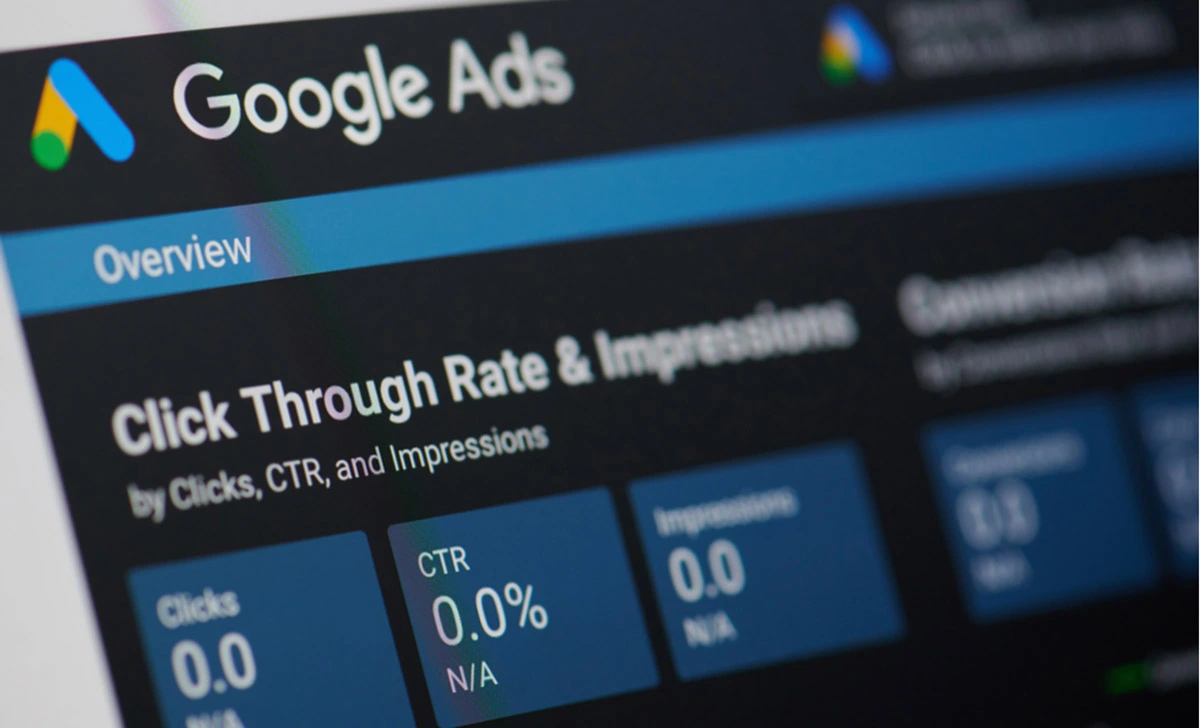What Is Direct Response Marketing? Explanation and Practical Uses
.webp)
Are you looking for a way to make your creative projects thrive?
Direct response marketing could be the key!
This approach focuses on helping creators and businesses drive immediate actions from their audience, whether purchasing, subscribing to their site, or engaging with their content. By leveraging innovative strategies, brands can create compelling ads and materials that capture consumers’ interest and gather prompt responses.
This guide is here to break down direct response marketing and provide you with the tools to integrate it seamlessly into your strategies, ensuring you effectively engage your audience and achieve your goals.
What Is Direct Response Marketing?
Direct response marketing is a proactive and measurable marketing approach designed to elicit immediate responses from the target audience. Unlike traditional marketing strategies that focus on gradually building brand awareness, direct response marketing aims to drive specific actions from consumers in real time. The objective is to prompt immediate actions, such as making a purchase, signing up for a newsletter, or engaging with content rather than solely promoting brand recognition.
This marketing method employs various channels, including direct mail, email, social media, television, print media, and telephone, to reach potential customers with targeted and personalized messages. The power of direct response marketing lies in its ability to address the immediate needs and desires of the audience, presenting clear value propositions and compelling calls to action that encourage prompt interaction.
Direct response marketing is particularly appealing to creators and businesses because of its direct and measurable nature. For creators, it provides a platform to showcase their work and connect with their audience on a deeper level. By using personalized and targeted messages, creators can effectively communicate the value of their content, products, or services, leading to higher engagement and immediate responses.
In addition, businesses, both big and small, benefit from the data-driven aspect of direct response marketing, which allows for precise tracking of campaign performances through metrics such as click-through rates, conversion rates, and return on investment (ROI). This enables continuous optimization of marketing strategies, ensuring that resources are allocated efficiently and effectively to maximize impact.
In essence, direct response marketing creates a sense of urgency and provides clear pathways for consumers to take immediate action. By focusing on real-time outcomes and employing measurable tactics, creators and businesses can achieve more impactful connections with their audience, driving sales and fostering stronger customer relationships.
6 Direct Response Marketing Strategies
Explore various strategies for executing direct response marketing actions, each with its own strengths and potential weaknesses:
Direct Mail

Direct mail involves sending physical promotional materials (such as letters, brochures, or catalogs) directly to a targeted audience via postal mail. It aims to elicit a direct response, often including a call to action like visiting a website or calling a number to make a purchase. Despite digital advancements, direct mail remains effective due to its ability to be highly targeted and personalized.
Email Marketing

Email marketing involves sending commercial messages to a group of people via email. It is widely used for promoting products, services, or content to a targeted audience. Effective email marketing campaigns utilize segmentation, personalized content, and clear calls to action to achieve high open and click-through rates. Automation tools enable marketers to streamline and optimize their email campaigns.
Social Media Advertising

Social media advertising utilizes platforms like Facebook, Instagram, Twitter, and LinkedIn to deliver targeted ads to specific demographics or user segments. These ads can be highly personalized based on user behavior, interests, and demographics. Social media ads typically include compelling visuals, engaging copy, and clear calls to action, driving users to websites or encouraging direct engagement with the ad itself.
Pay-Per-Click Advertising (PPC)

PPC advertising involves placing ads on search engines (like Google Ads) or other platforms where advertisers pay a fee each time their ad is clicked. It is a highly targeted form of advertising that allows businesses to reach users actively searching for specific products or services. Effective PPC campaigns require keyword research, strategic bidding, and compelling ad copy to maximize return on investment (ROI).
Event Marketing
.webp)
Event marketing involves promoting products or services through participation in or sponsorship of events such as trade shows, conferences, or community gatherings. It allows businesses to engage directly with potential customers, demonstrate products, and build brand awareness in a targeted environment. Successful event marketing strategies integrate pre-event promotion, engaging booth design, and post-event follow-up to maximize impact.
Infomercials

Infomercials are television commercials that typically run longer than traditional ads (usually 30 minutes to an hour). They are designed to provide in-depth information about a product or service, often demonstrating its benefits and showing customer testimonials. Infomercials aim to generate immediate responses from viewers, prompting them to call a toll-free number or visit a website to make a purchase.
Print Advertising

Print advertising includes advertisements placed in newspapers, magazines, brochures, or other physical printed media. Despite the shift to digital advertising, print ads remain effective in reaching specific demographics or geographic areas. They can be visually compelling and provide a tangible way to showcase products or services, often including coupons or special offers to encourage immediate responses from readers.
Telemarketing

Telemarketing involves directly contacting potential customers via telephone to promote products or services. It can be conducted as outbound (where marketers initiate calls to prospects) or inbound (where prospects call in response to marketing efforts). Telemarketing campaigns rely on skilled sales representatives who can effectively communicate product benefits, handle objections, and secure sales or appointments during the call.
Benefits of Direct Response Marketing
Direct response marketing offers several benefits uniquely suited to the needs of creators. Let's explore some of these advantages:
Measurable and Trackable Results
Direct response campaigns provide creators with tangible metrics to measure the success of their efforts. By tracking key performance indicators such as click-through rates, conversions, and return on investment (ROI), creators can gain valuable insights into the effectiveness of their marketing strategies. To learn more about why you should track your content's social media metrics, take a look at our previous article on the importance of social media analytics and how they can drive your marketing strategy.
Precise Targeting
Direct response marketing allows creators to target specific audience segments with pinpoint accuracy. By leveraging data analytics and audience insights, marketers can identify and segment their audience based on a variety of factors such as demographics, interests, behaviors, and preferences. This precise targeting ensures that marketing messages are highly relevant and tailored to the unique characteristics of each segment, significantly increasing the likelihood of conversion.
Direct Engagement and Quick Feedback
One key advantage of direct response marketing is its ability to facilitate direct engagement with consumers. Through interactive ads, social media polls, or live Q&A sessions, creators can foster meaningful interactions with their audience in real time, receiving immediate feedback and insights to inform future strategies.
Reliable First-Party Data Collection
Direct response marketing enables creators to collect valuable first-party data directly from their audience. By incentivizing users to provide information through surveys, sign-ups, or purchases, creators can comprehensively understand their audience's preferences, behaviors, and purchasing intent, empowering them to personalize their marketing efforts and enhance overall engagement.
Essential Components of Direct Response Marketing
Direct response marketing comprises key elements vital for success. Let's delve into these essential components:
Customer-Centric Offer
Crafting offers tailored to the needs and desires of the target audience is paramount in direct response marketing. A compelling offer directly addresses the audience's pain points fulfills their desires, and resonates on a personal level, significantly increasing the likelihood of eliciting a response.
For instance, a software company targeting small businesses might offer a limited-time free trial or a discounted subscription rate, emphasizing how their solution can streamline operations and reduce costs, directly addressing common challenges faced by small business owners.
Similarly, a skincare brand could offer a personalized skincare regimen based on an online skin assessment, appealing to the consumer's desire for products that cater to their unique skin needs. These customer-centric offers not only capture attention but also provide tangible value, making it easier for the audience to see the benefits and take immediate action.
Highly Personalized and Targeted Messages
Personalization is key to capturing audience attention and driving engagement in direct response marketing. Tailoring messages based on demographics, behaviors, and preferences ensures that the content is highly relevant to the recipient, significantly increasing the chances of conversion.
By analyzing data on customer behavior and preferences, marketers can create customized messages that speak directly to individual interests and needs.
For example, a small online boutique specializing in handmade jewelry might use purchase history and browsing behavior to send personalized emails showcasing new arrivals similar to items a customer has previously shown interest in. They might also offer exclusive discounts on the customer's favorite types of jewelry.
This level of personalization not only makes the customer feel valued but also increases the likelihood of making a sale, as the offer is directly aligned with their preferences and past behavior.
Persuasive Language and Simple CTAs
Effective communication is crucial in motivating action. Persuasive language, characterized by compelling and emotionally resonant wording, captures the audience's attention and appeals to their desires or pain points.
When paired with clear and concise calls-to-action (CTAs), it guides the audience toward the desired response, whether it's making a purchase, signing up for a newsletter, or sharing content. CTAs should be straightforward, action-oriented, and easy to follow, removing any ambiguity about the next steps.
The combination of persuasive language and simple CTAs not only enhances engagement but also significantly boosts conversion rates by providing a direct and effortless path for users to take action. To understand more about the importance of CTAs in conversion rate optimization, take a look at our previous article on CRO strategies.
A Sense of Urgency
Creating a sense of urgency compels consumers to act swiftly, leveraging the psychological trigger of fear of missing out (FOMO). Limited-time offers, exclusive deals, and countdown timers are effective tools for instilling this urgency.
For example, an online course creator might launch a flash sale offering a 50% discount on their course, but only for the next 48 hours. They could include a countdown timer on their sales page, continuously reminding visitors of the diminishing time left to take advantage of the offer.
This tactic not only grabs the audience's attention but also motivates them to make quick decisions to avoid missing the deal. By emphasizing scarcity and time sensitivity, businesses and creators can significantly boost immediate responses and conversions, turning hesitant prospects into committed customers.
Best Practices for Direct Response Marketing: 5 Tips
Effective direct response marketing hinges on several key practices that creators should implement:
1. Simplify Response Mechanisms
Simplify your audience's response process by minimizing steps and reducing friction. Whether it's a clickable button, a straightforward form, or a single-step checkout process, prioritizing ease of response can significantly increase conversion rates and engagement.
2. Clarify CTAs
Ensure your calls to action are crystal clear, leaving no room for ambiguity. By explicitly stating what action you want your audience to take and how they can do it, you empower them to act decisively and drive immediate responses to your marketing efforts.
3. Develop Compelling Messaging
Craft messaging that resonates with your audience's emotions, desires, and pain points. By addressing their needs and aspirations directly, you can capture their attention, evoke a strong emotional response, and compel them to take action, whether it's making a purchase, signing up, or sharing your content with others.
4. Evaluate Performance Metrics
Regularly monitor and analyze the performance of your direct response campaigns to gain valuable insights into their effectiveness. By tracking metrics such as click-through rates, conversion rates, and return on investment, you can identify what's working well and what areas need improvement, enabling you to refine your strategies and optimize future campaigns for better results.
5. Execute Follow-Up Strategies
Maintain ongoing communication with your audience to nurture relationships and drive continued engagement and conversions. Whether it's sending personalized follow-up emails, retargeting ads, or exclusive offers to previous customers, staying connected with your audience can significantly increase customer loyalty and lifetime value.
Boost Your Marketing Efforts with Fourthwall
Incorporating direct response marketing into your strategy can significantly enhance engagement and drive results, and Fourthwall provides the perfect platform to facilitate this.
Fourthwall offers a comprehensive suite of tools designed specifically for creators. These tools enable you to launch products, offer memberships, and sell personalized merchandise seamlessly. By leveraging these capabilities, creators can craft highly targeted and personalized marketing campaigns, utilizing data-driven insights to refine their approach.
The platform also supports various direct response marketing tactics, such as limited-time offers and exclusive deals, which help create a sense of urgency and drive immediate action.
Fourthwall's user-friendly interface and robust analytics tools make it easier to track campaign performance, allowing for continuous optimization. This empowers creators to engage their audience more effectively, boost their marketing efforts, and confidently achieve their business goals within a single, integrated platform.
So start improving your brand's marketing strategy today and join Fourthwall!
















